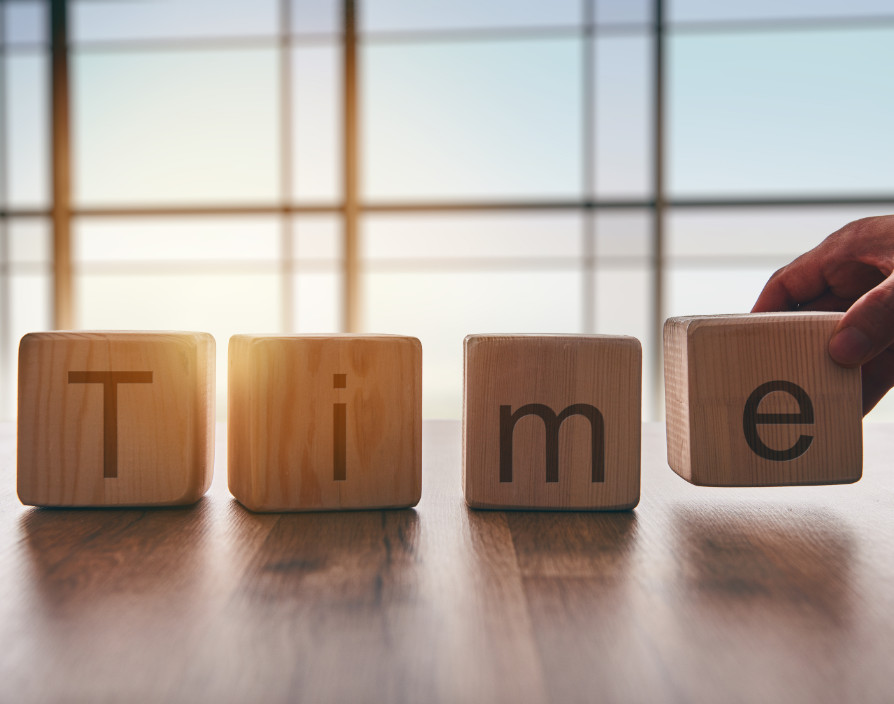Over the years I’ve developed a simple little trick that enables me to get more done in 3.5 hours in a day than many people get done in a full 8 hours. But before we get to that, why do I say 3.5 hours?
Well, I don’t know about you, but on average I only have 3.5 hours genuinely free in my workday. Free as in, I’m not in a meeting with someone else, on a break, or having lunch, for example. It’s an average of course. Some days I may have only 1 hour free, other days 5 hours. But on average, I have 3.5 hours a day where I’m relatively free to choose what I work on, in what order, how quickly, etc.
And it’s really getting the most out of these free hours that means the most to me. If I max them out I feel great and the business really progresses. If I don’t make the most of them, I feel lousy, and progress seems to stall. So, what’s the trick with being able to produce so much in just 3.5 hours?
I call it the Quality Time Block game or the QTB game.
Here’s how it works:
- A Quality Time Block, or QTB, is a 25-minute block of time, or Time Block
- A 25 minute “Time Block” only counts as “Quality” if I work for 25 full minutes, without interruption and distraction-free, in a focused state
- That means if I get interrupted in the 24th minute, or suddenly find myself answering an email or checking my phone, I lose the entire QTB
- Or if I find myself rather aimlessly jumping around from task to task, with no real intention (ie, I’m not focused on one thing at a time), then the QTB doesn’t count either
- However, if I work for 25 minutes, on what I truly want or need to work on, without interruption or distraction, then I “score” a QTB
- This means I have 5 minutes every half hour for a break and/or slippage (for example, if I begin my QTB a little later than expected) if I need it.
At the start of each day, I look at my calendar and set a QTB target based on the number of free hours in my day. I always leave myself some buffer, so that I can overachieve, or make up for a lost QTB. So for example, if I see 3 free hours at the start of my day, I could roughly complete 6 QTBs. Giving myself some buffer I might set a target of 4 or 5 QTBs.
I have a spreadsheet where I track this one simple metric daily, recording the QTBs I earn throughout the day, and then divide the sum by the day’s target to give myself a percentage completion at the day’s end. Some days I finish under-target (scoring an 80% let’s say), other days on target, and other days over-target (making use of the buffer time and perhaps finishing with 120% of the day’s target).
This simple little game makes me hyper-aware of my time. It prompts me to put my phone out of sight during my QTBs and shut off any notifications that might distract me. And in this way I win my day 25 minutes at a time, achieving far more in my average 3.5 hours per day than most people achieve in a full 8 hours.
Give the QTB game a try and watch your focus and productivity skyrocket!
“
Share via:








































